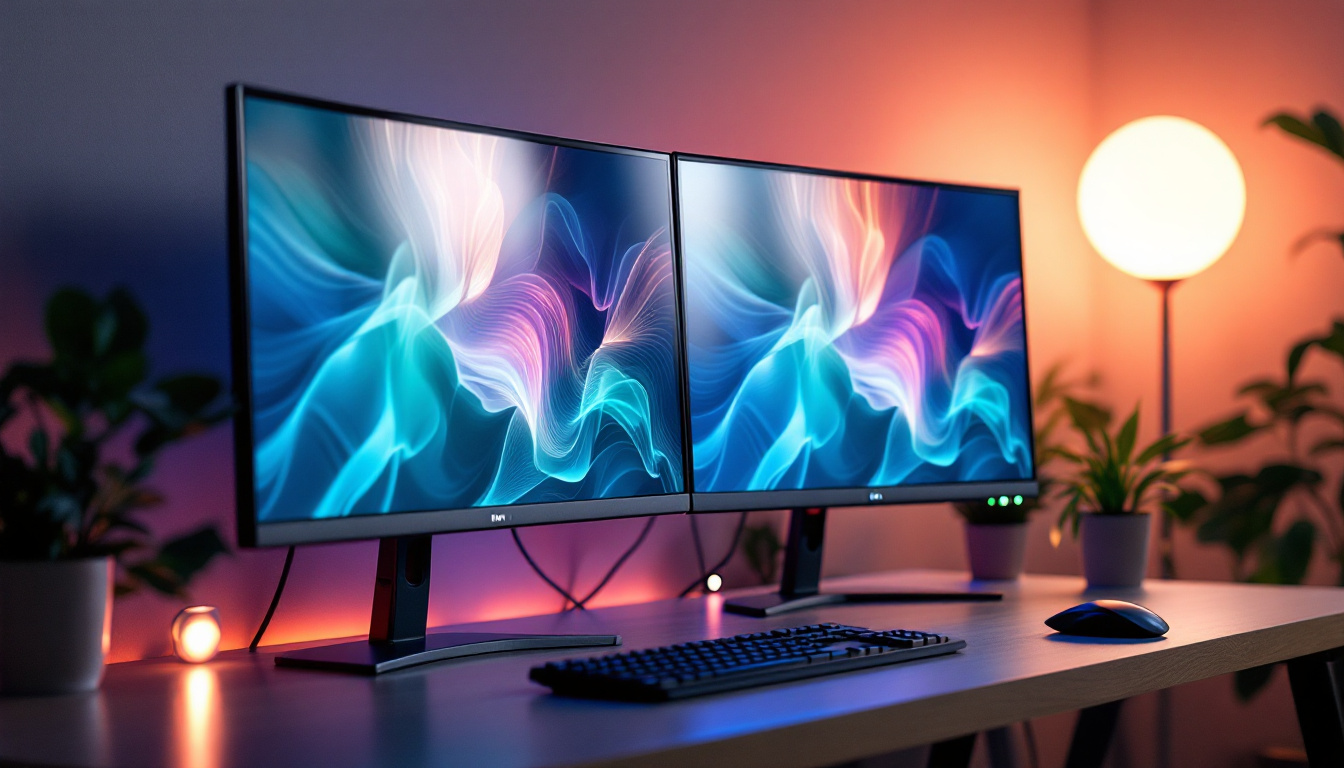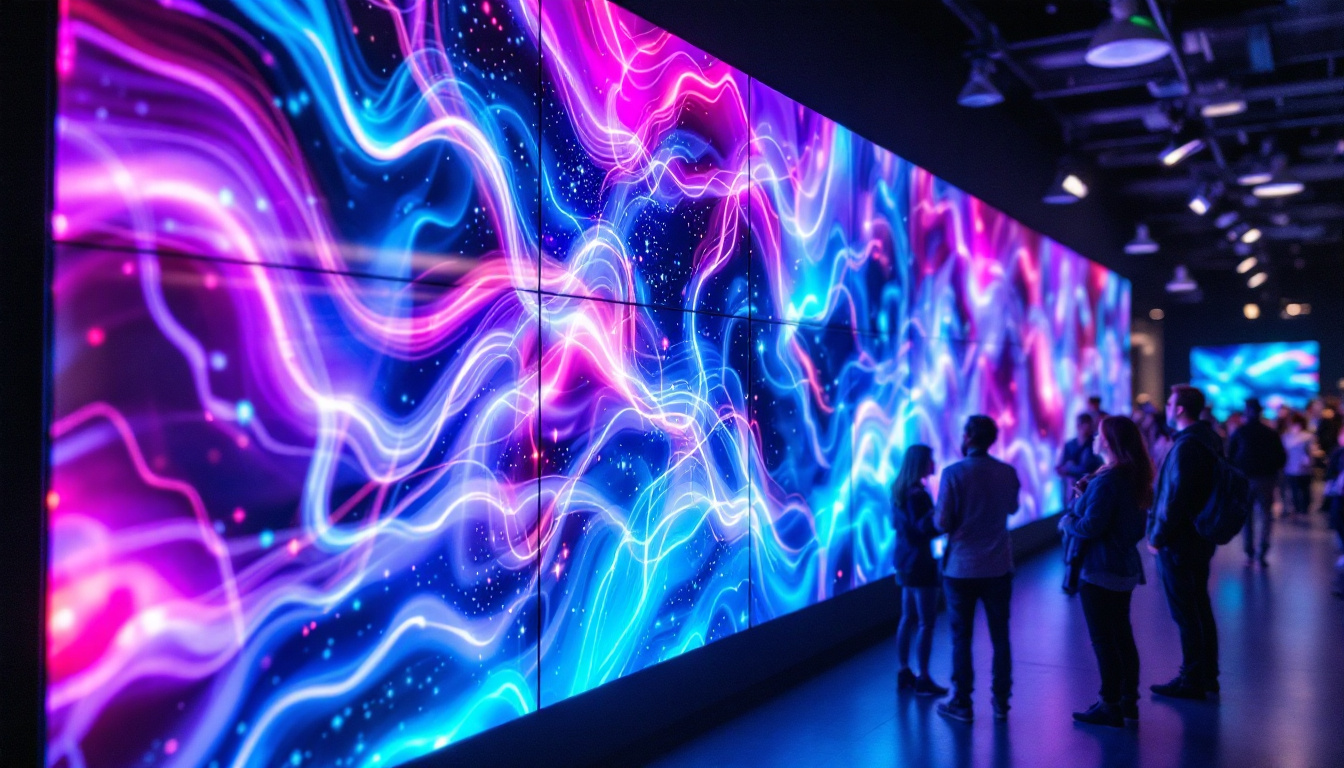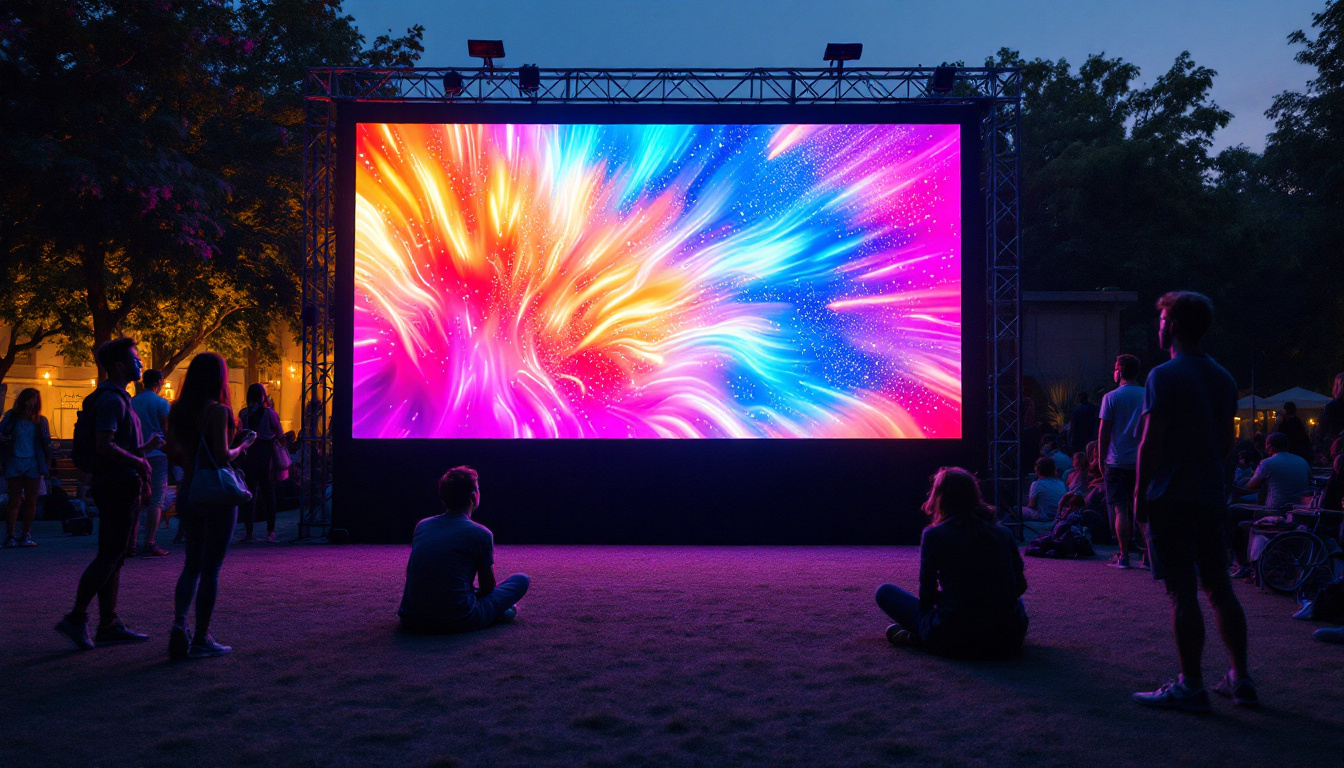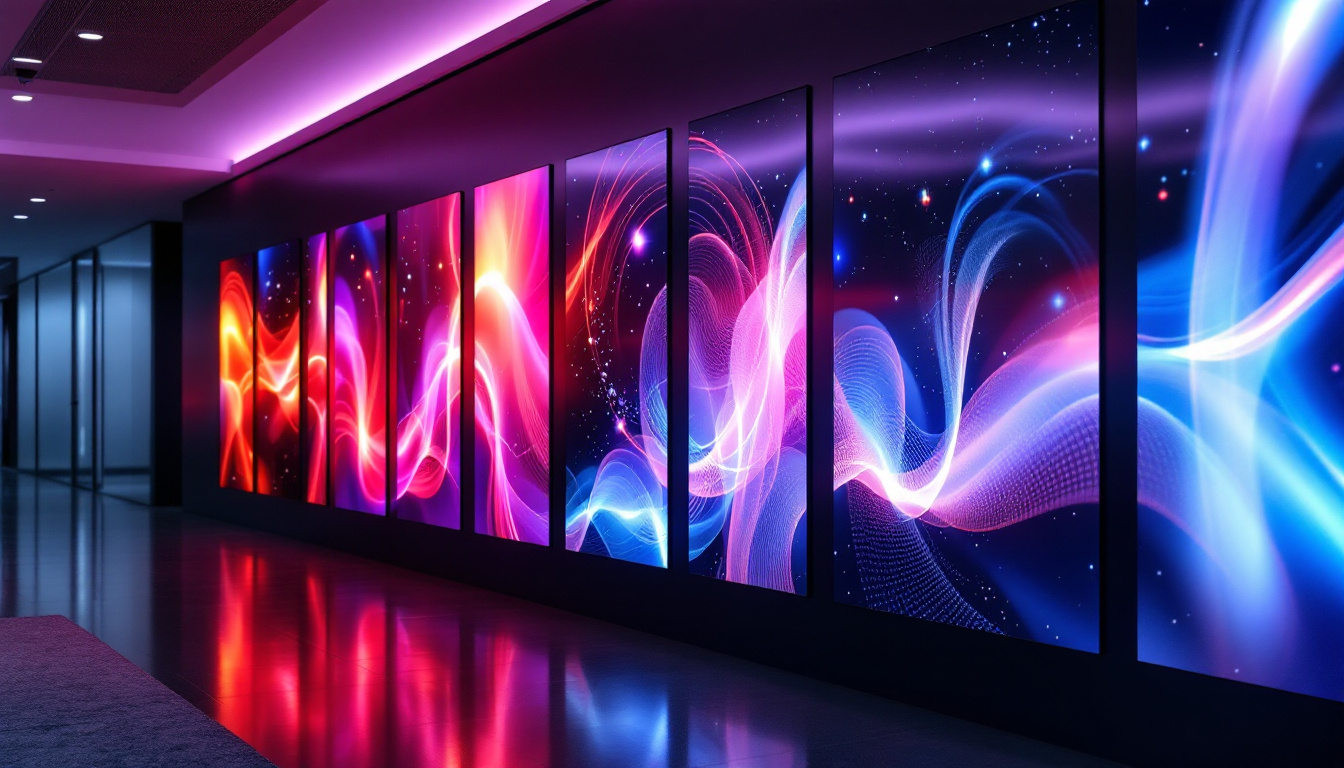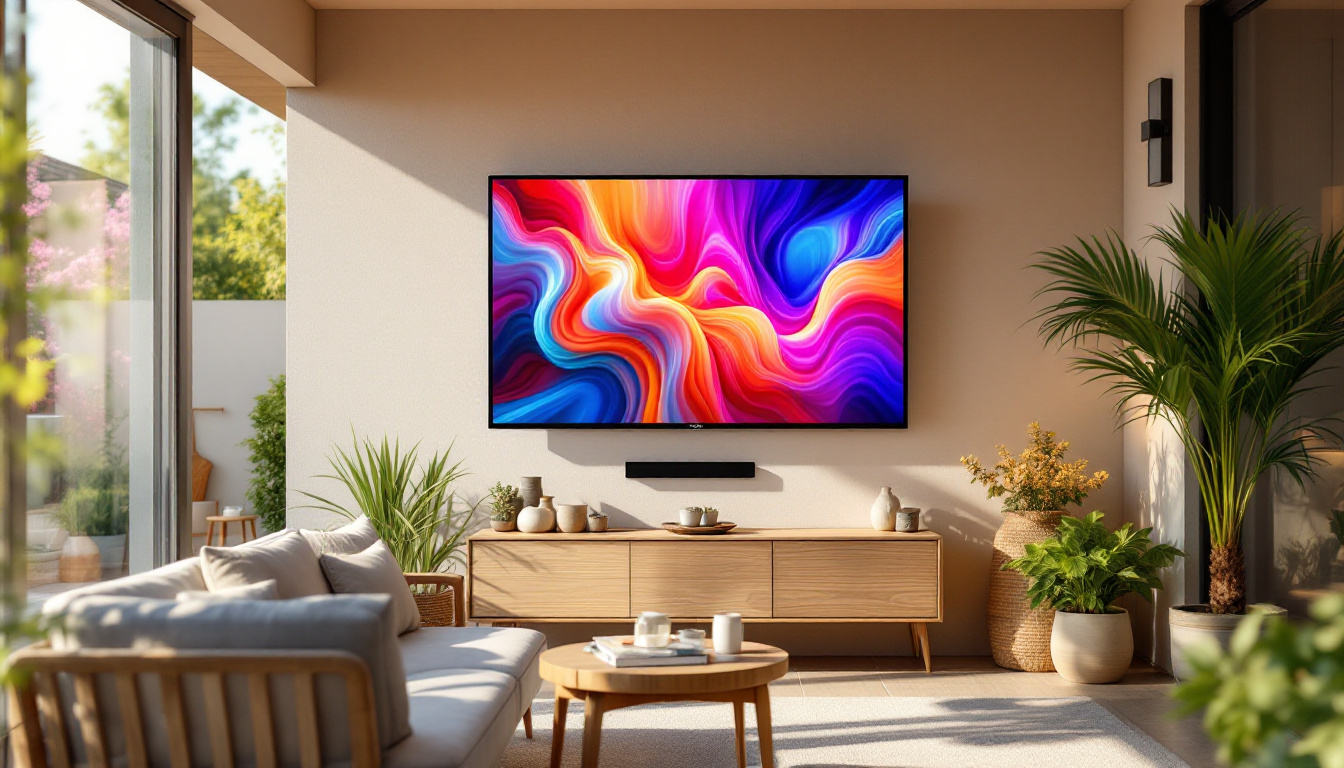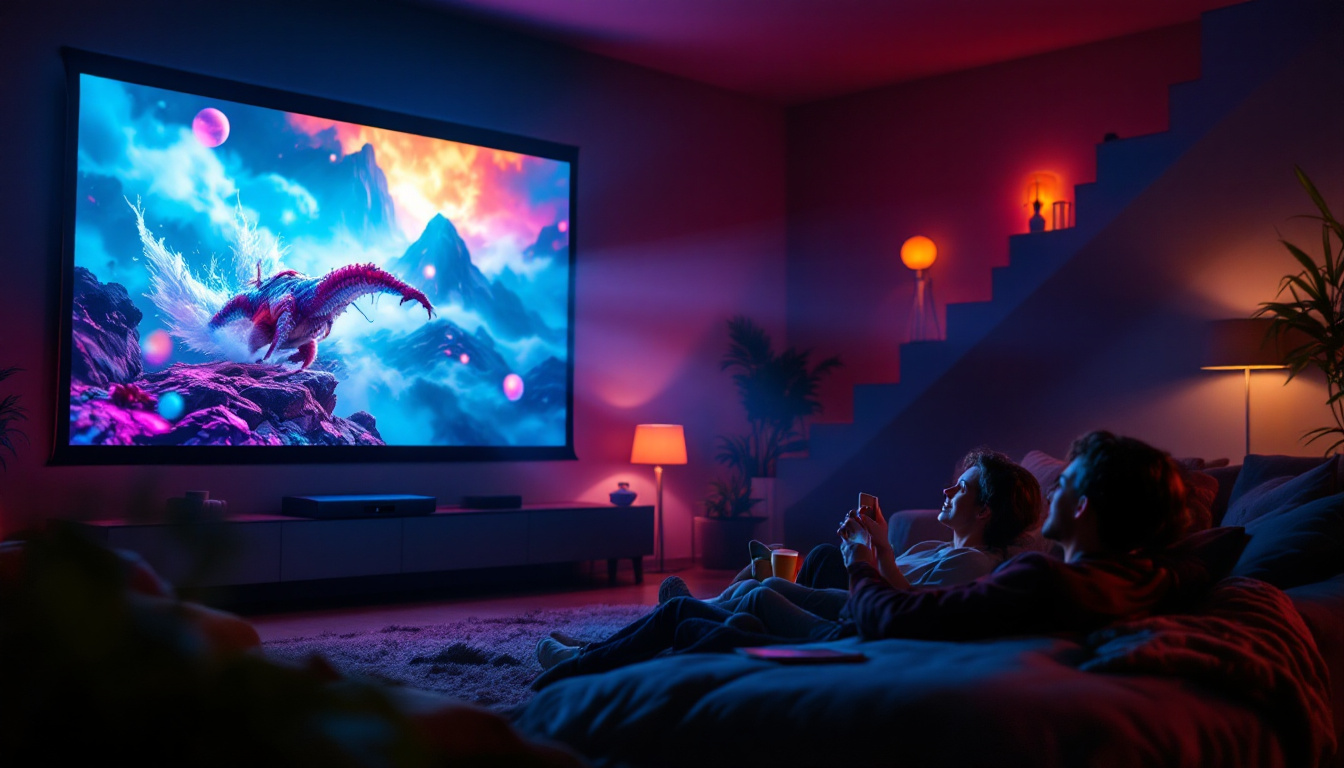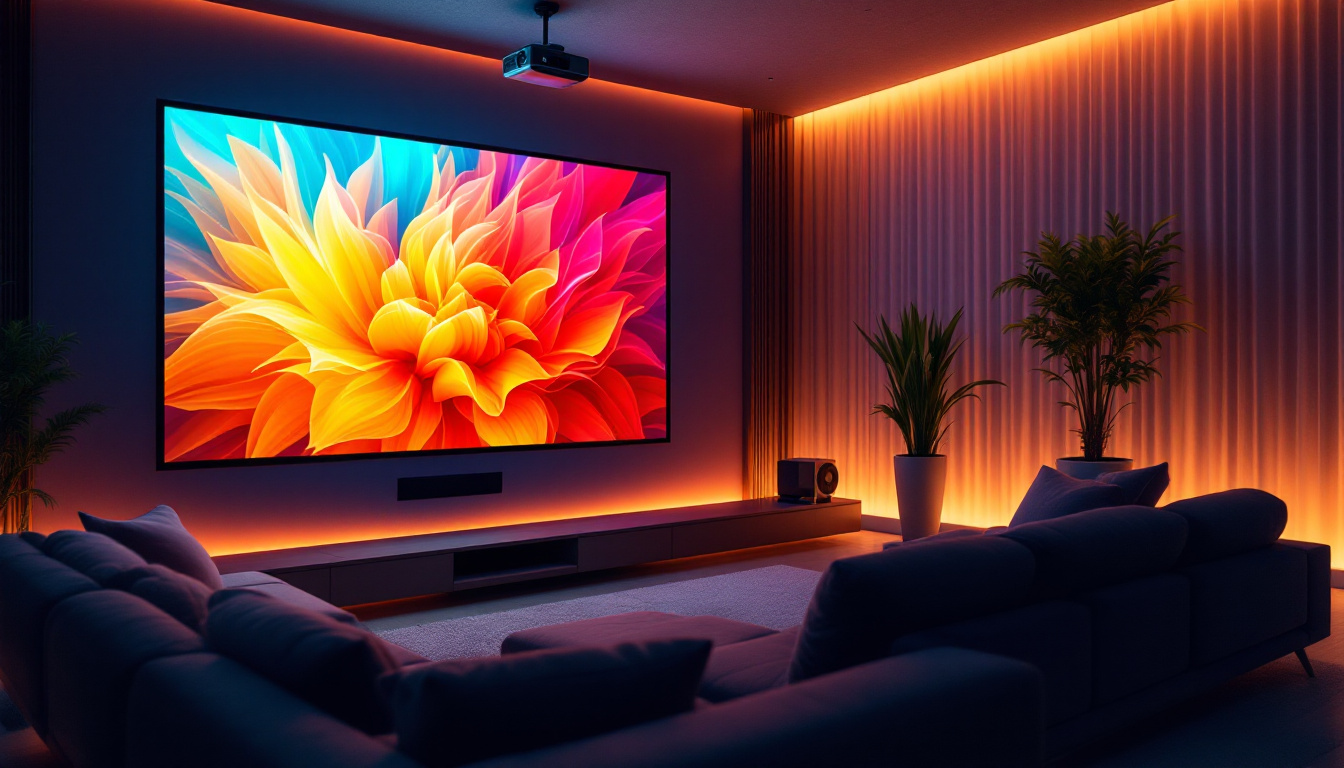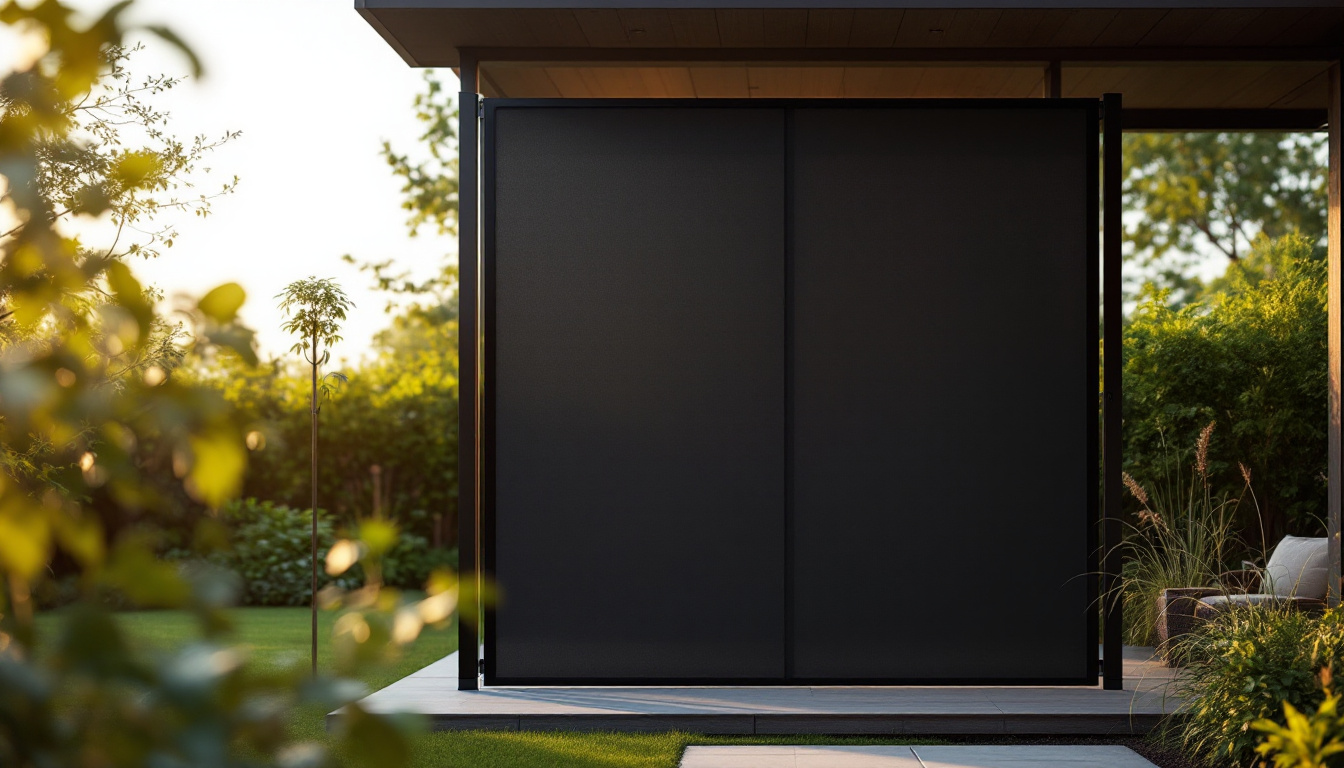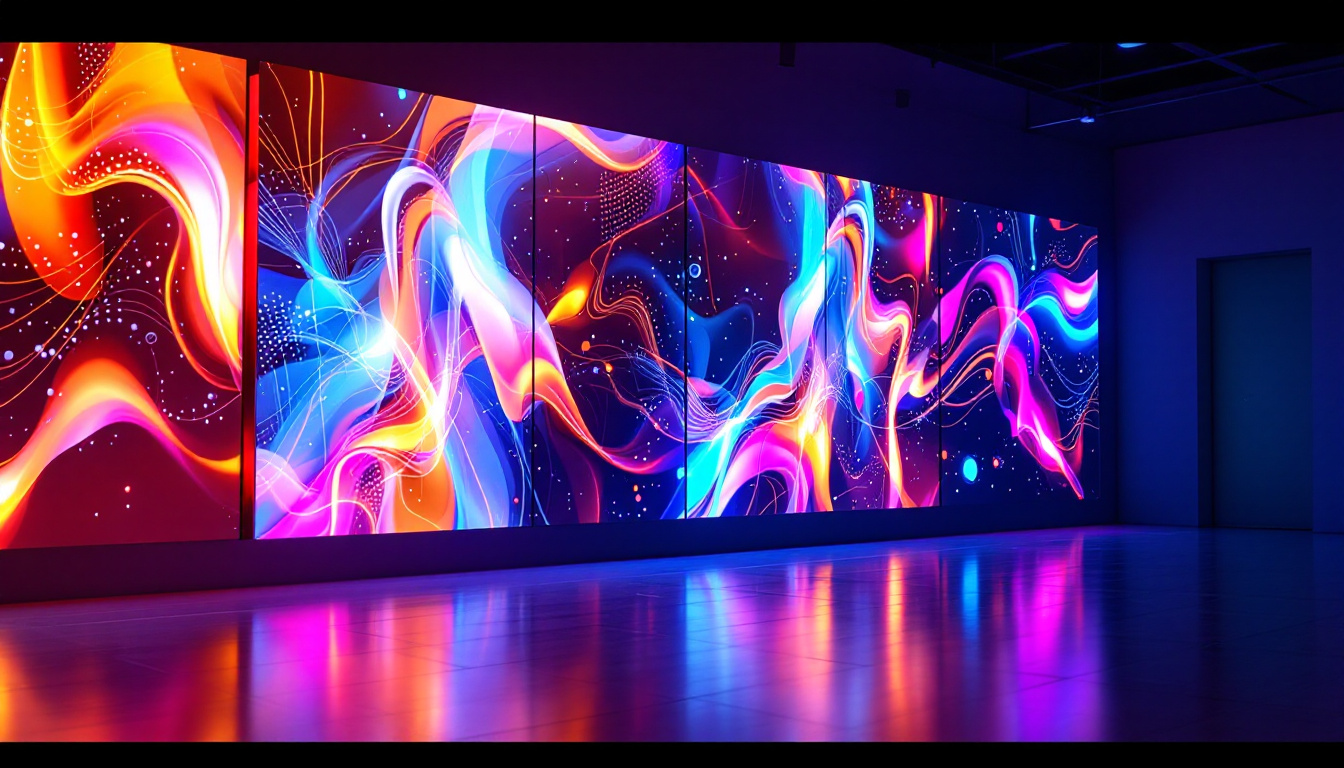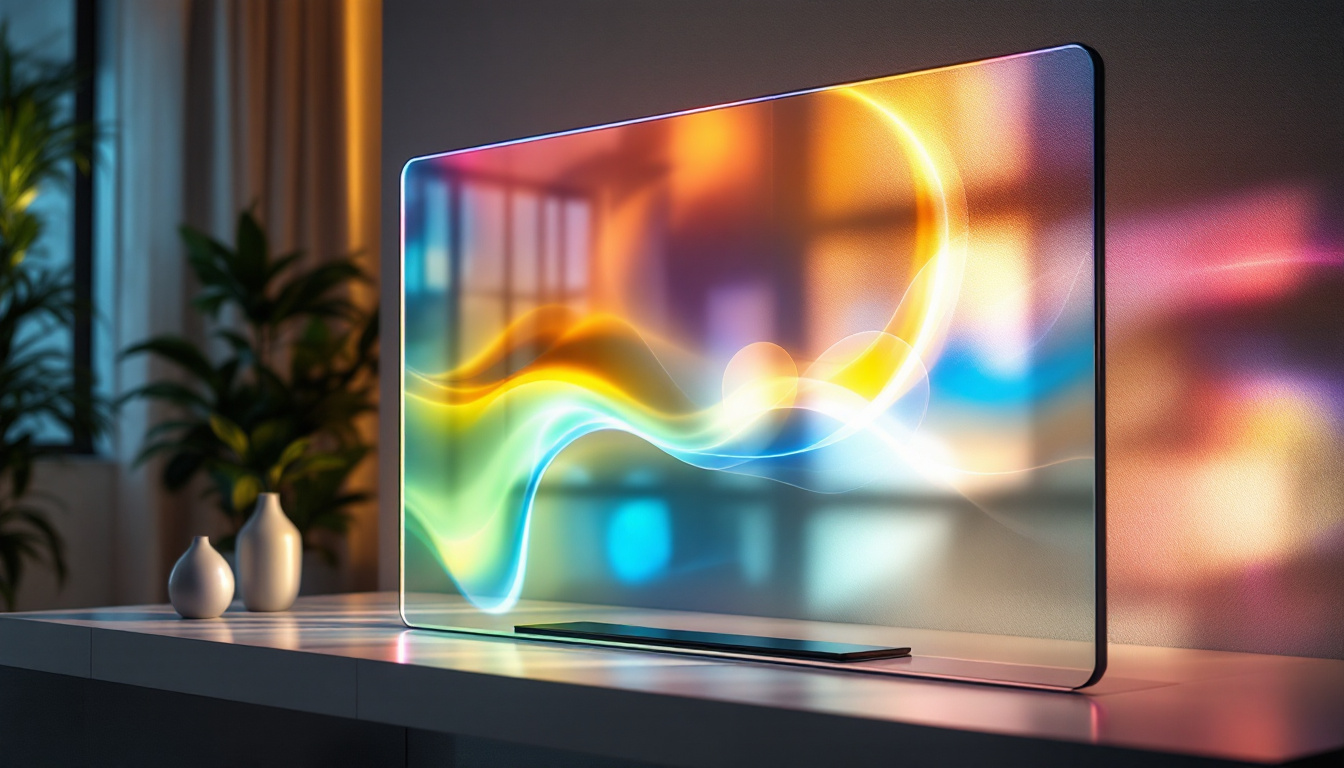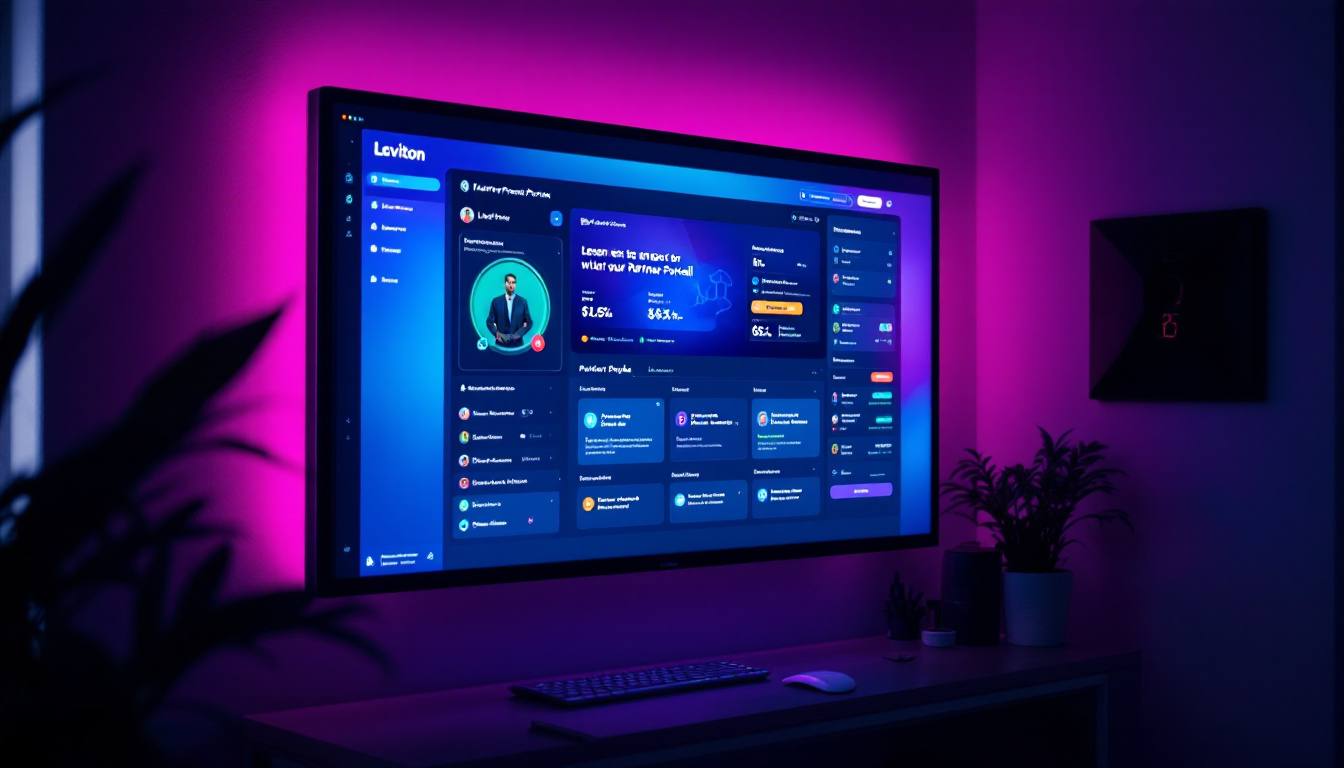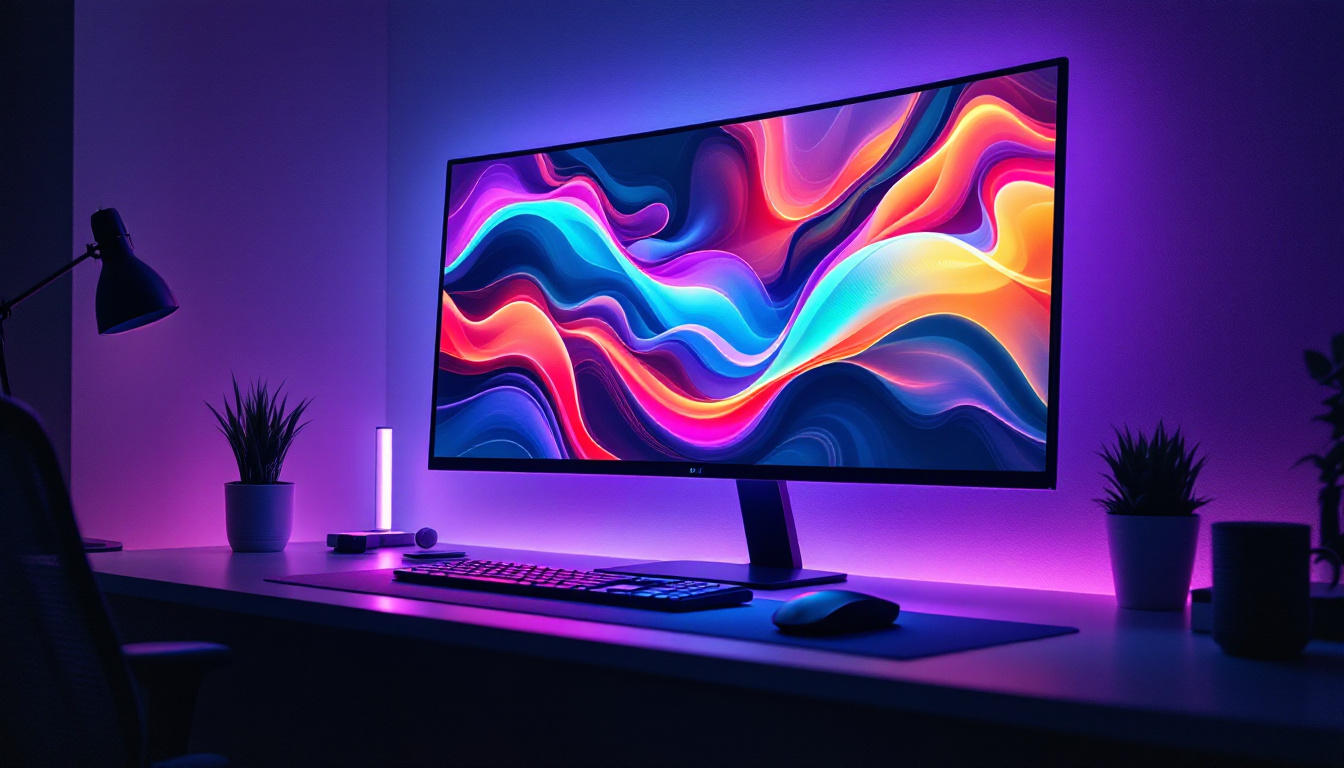In today’s fast-paced digital world, the demand for effective workspace solutions has never been higher. Among these solutions, dual mount monitors have emerged as a popular choice for professionals seeking to enhance productivity and improve their overall computing experience. This article delves into the intricacies of dual mount monitors, focusing particularly on LED displays, their benefits, and how they can transform the way users interact with technology.
Understanding Dual Mount Monitors
Dual mount monitors refer to setups that allow two displays to be mounted on a single stand or arm, providing users with a wider viewing area. This configuration is particularly beneficial for multitasking, as it allows users to have multiple applications open simultaneously without the need to switch between tabs or windows constantly. Whether you’re a professional needing to manage spreadsheets and emails concurrently, or a gamer looking to enhance your immersive experience, dual mount monitors can cater to a variety of needs.
The Mechanics of Dual Mounting
At the core of a dual mount monitor setup is the mounting mechanism itself. These mounts can be fixed, adjustable, or even fully articulating, allowing users to position their monitors at the most comfortable angles. The flexibility of these mounts ensures that users can tailor their workspace according to their needs, whether it be for gaming, graphic design, or general office tasks. Some advanced models even offer features like gas spring arms, which allow for effortless height adjustments with just a light touch, making it easier to switch between sitting and standing positions throughout the day.
Most dual monitor mounts are designed to accommodate various monitor sizes and weights, making them versatile for different setups. They typically use VESA mounting standards, which ensure compatibility with a wide range of monitors. This standardization simplifies the process of selecting the right mount for your monitors. Additionally, many dual mounts come equipped with cable management systems, helping to keep your workspace tidy and free from clutter, which can further enhance focus and productivity.
Benefits of Dual Mount Monitors
Implementing a dual mount monitor setup can provide numerous advantages. First and foremost, the increased screen real estate enhances productivity. Users can easily drag and drop files between screens or keep essential applications open side by side, streamlining workflows. This is particularly useful for professionals who need to reference documents while working on presentations or for developers who benefit from having code and testing environments visible at the same time.
Moreover, dual monitors can significantly reduce eye strain. By allowing users to adjust the positioning of their screens, they can maintain a more ergonomic posture, which is crucial for long hours of work. This adaptability can lead to a more comfortable working environment, reducing fatigue and improving overall well-being. Furthermore, studies have shown that using dual monitors can lead to a measurable increase in efficiency, with some users reporting up to a 50% boost in productivity. This makes the investment in dual mount monitors not just a matter of comfort, but also one of significant professional advantage.
LED Displays: A Closer Look
Light Emitting Diode (LED) displays have become the standard for modern monitors due to their superior performance and energy efficiency. Understanding the technology behind LED displays is essential for anyone considering a dual mount monitor setup. With the rapid advancements in display technology, LED monitors have evolved to cater to a wide range of needs, from casual browsing to high-end gaming and professional applications.
How LED Displays Work
LED displays utilize semiconductor technology to emit light when an electric current passes through them. This process allows for vibrant colors and sharp images, making LED displays ideal for various applications, from gaming to professional graphic design. The ability to produce deeper blacks and brighter whites enhances the overall viewing experience, making it more immersive and engaging for users.
There are two primary types of LED displays: Direct LED and Edge-Lit LED. Direct LED displays feature a grid of LEDs behind the screen, providing uniform brightness and better contrast. In contrast, Edge-Lit LED displays utilize LEDs positioned along the edges of the screen, which can lead to thinner designs but may result in uneven lighting. Additionally, some newer models incorporate local dimming technology, which allows certain areas of the screen to dim independently, further improving contrast and black levels.
Advantages of LED Displays
One of the most significant advantages of LED displays is their energy efficiency. Compared to traditional LCD screens, LED monitors consume less power, which can lead to lower electricity bills over time. Additionally, LED displays have a longer lifespan, reducing the frequency of replacements. This longevity is particularly appealing for businesses and individuals who rely on their monitors for extended periods, as it minimizes downtime and maintenance costs.
Furthermore, LED technology allows for faster refresh rates, which is particularly beneficial for gamers and video editors. The enhanced response times reduce motion blur, providing a smoother visual experience. This capability is essential for those who require precision and clarity in their work. Moreover, many LED displays now support high dynamic range (HDR), which expands the color gamut and contrast ratio, resulting in more lifelike images that captivate viewers. As a result, LED displays are not only a practical choice but also an investment in quality visual performance that can enhance productivity and enjoyment across various tasks.
Choosing the Right Dual Mount Monitor Setup
When considering a dual mount monitor setup, several factors should be taken into account to ensure the best possible experience. From monitor specifications to the type of mount, each element plays a crucial role in the overall effectiveness of the setup.
Monitor Specifications
Before investing in a dual mount monitor setup, it is essential to evaluate the specifications of the monitors being used. Key specifications include resolution, refresh rate, and panel type. For instance, a higher resolution monitor can provide sharper images, while a higher refresh rate can enhance the gaming experience.
Additionally, consider the size of the monitors. While larger screens can provide more viewing space, they may also require more desk space and a sturdier mount. Balancing size and functionality is crucial for creating an efficient workspace.
Types of Mounts
There are various types of mounts available for dual monitor setups, each with its unique advantages. Fixed mounts are the simplest and most affordable option, providing a stable solution for users who do not require adjustments. However, adjustable mounts offer greater flexibility, allowing users to change the height and angle of their monitors easily.
Fully articulating mounts provide the most versatility, enabling users to swivel, tilt, and rotate their monitors. This flexibility is particularly useful for collaborative work environments where multiple people may need to view the screens simultaneously.
Setting Up Your Dual Mount Monitor
Once the right monitors and mounts have been selected, the next step is to set up the dual mount monitor system. Proper installation is crucial for ensuring stability and functionality.
Installation Process
Begin by carefully reading the installation instructions provided with the mount. Most mounts will require tools such as a screwdriver and possibly a drill, depending on the type of mount being used. It is essential to follow the manufacturer’s guidelines to ensure that the monitors are securely attached and positioned correctly.
After securing the mount to the desk or wall, attach the monitors according to the instructions. Make sure to adjust the height and angle to achieve optimal viewing comfort. Once everything is in place, take a moment to test the setup by adjusting the screens and ensuring they are functioning correctly.
Optimizing Display Settings
After installation, optimizing the display settings can enhance the user experience further. Adjusting brightness, contrast, and color settings can significantly improve visibility and reduce eye strain. Most operating systems allow users to customize display settings for each monitor, ensuring that both screens are calibrated to personal preferences.
Additionally, consider using software solutions that facilitate multitasking. Many applications can help manage window placements across multiple screens, making it easier to switch between tasks and maintain focus.
Common Issues and Troubleshooting
While dual mount monitor setups can greatly enhance productivity, users may encounter some common issues. Understanding these challenges and how to address them can ensure a smooth experience.
Connection Problems
One of the most frequent issues users face is connectivity problems. This can occur if the monitors are not properly connected to the computer or if the cables are damaged. Checking all connections and ensuring that the correct input source is selected can often resolve these issues.
If problems persist, consider updating graphics drivers or checking for compatibility issues between the monitors and the computer. In some cases, using different ports or adapters may also be necessary to establish a stable connection.
Display Calibration
Another common issue is display calibration. If the monitors are not displaying colors accurately or if there is a noticeable difference between the two screens, calibration may be required. Most operating systems include built-in calibration tools that guide users through the process of adjusting color settings.
For professional applications, consider using specialized calibration hardware and software to ensure that colors are displayed accurately across both monitors. This is particularly important for graphic design, photography, and video editing tasks.
Conclusion
In conclusion, dual mount monitors with LED displays offer a powerful solution for enhancing productivity and improving the overall computing experience. By understanding the mechanics of dual mounting, the advantages of LED technology, and the best practices for setup and troubleshooting, users can create an efficient and comfortable workspace tailored to their needs.
As technology continues to evolve, embracing innovative solutions like dual mount monitors will be essential for staying competitive in today’s digital landscape. Whether for professional or personal use, investing in a dual mount monitor setup can lead to significant improvements in workflow, comfort, and overall satisfaction.
Discover the Future of Visual Display with LumenMatrix
Ready to take your workspace to the next level with cutting-edge LED display technology? LumenMatrix is at the forefront of innovation, offering a diverse range of LED display solutions that can transform any environment. From immersive Indoor LED Wall Displays to dynamic Outdoor LED Wall Displays and beyond, our products are designed to captivate and engage. Elevate your professional or personal space today and experience the unparalleled clarity and impact of LumenMatrix LED displays. Check out LumenMatrix LED Display Solutions and see the difference for yourself.

